- About us
- Support the Gallery
- Venue hire
- Publications
- Research library
- Organisation chart
- Employment
- Contact us
- Make a booking
- Onsite programs
- Online programs
- School visit information
- Learning resources
- Little Darlings
- Professional learning
Arthur Orton (1834–1898), alias Thomas Castro, achieved notoriety in the late 1860s as ‘The Tichborne Claimant’. The son of a London butcher, Orton trained and worked in his father’s business before joining the crew of trading ship. He sailed to South America in 1849, deserted, and by 1852 was in Hobart, where he returned to his trade. Moving to Gippsland and then to Wagga Wagga, Orton engaged in various pursuits – not all of them honourable. By 1865 he was married and in debt, prompting him to respond to an international advertisement seeking one Roger Tichborne, the heir to an English baronetcy and fortune. Tichborne had been declared dead, presumed drowned, in 1855, though his mother, Lady Henriette Tichborne, held out hope that he was still alive. In 1866 Orton returned to England to present his claim. The boorish, corpulent, often inebriated Orton bore no physical resemblance to Tichborne, nor could he speak a word of French (Tichborne was born in Paris and spoke it fluently), yet he succeeded in persuading Lady Tichborne that he was her missing son. She gave him money, and he managed to maintain the con until 1868 when Lady Tichborne died. With her out of the way, the members of the family who had always suspected Orton was a fraud prosecuted him. In 1874, after some of the most followed trials in English legal history, Orton was sentenced to 14 years' hard labour for perjury. He was released in 1884 and eventually confessed his imposture. In the meantime, he had become a celebrity and for a time he tried to earn money from music hall and circus appearances and from a lecture tour of America. Orton is also said to have made Wagga so famous that the American writer Mark Twain insisted on visiting it when he came to Australia in 1895.
Maull & Co. was one of a number of studios established in London during the second half of the nineteenth century by photographer Henry Maull (1829–1914). From the mid-1850s until 1865 he was in partnership with a man named George Polyblank, with whom he ran studios in Piccadilly and Gracechurch Street. Maull & Polyblank authored a number of series of portraits, with titles such as the ‘Literary and Scientific Club’ and ‘Photographic Portraits of Living Celebrities’. Charles Darwin was included in the former group, and actor Charles Kean, artist George Cruikshank, and missionary/explorer David Livingstone were among those in the latter. Issued monthly at five shillings each, the portraits in each series were accompanied by a short biographical essay, establishing a model that was copied by other studios and publishers. After 1865, when Polyblank left the business and their new premises at 62 Cheapside opened, the firm traded as Henry Maull & Co. or Maull & Co. They supplied many photographs for reproduction as engravings in illustrated papers and produced many cartes de visite, their output encompassing sitters from royalty, the clergy and the aristocracy as well as the performers and celebrities who were the mainstay of many photographic studios in this period.
Collection: National Portrait Gallery
Purchased 2001



On one level The Companion talks about the most famous and frontline Australians, but on another it tells us about ourselves.
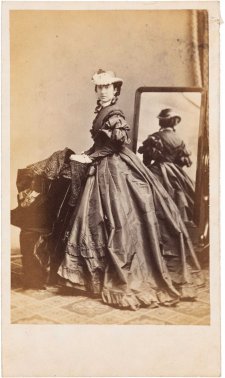
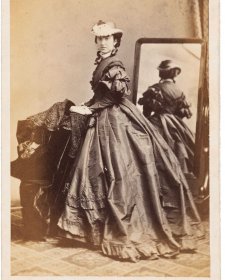
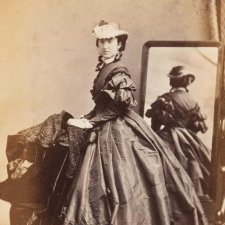
Drawn from the NPG’s burgeoning collection of cartes de visite, Carte-o-mania! celebrates the wit, style and substance of the pocket-sized portraits that were taken and collected like crazy in post-goldrush Australia.
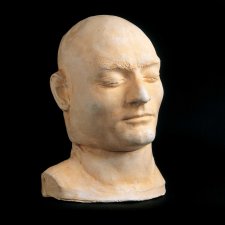
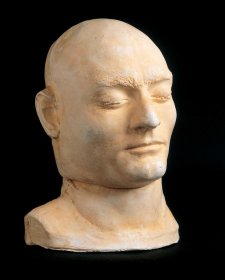
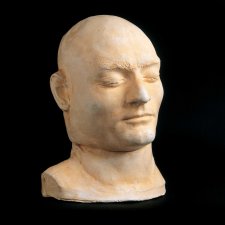
Death masks, post-mortem drawings and other spooky and disquieting portraits... Come and see how portraits of infamous Australians were used in the 19th century.